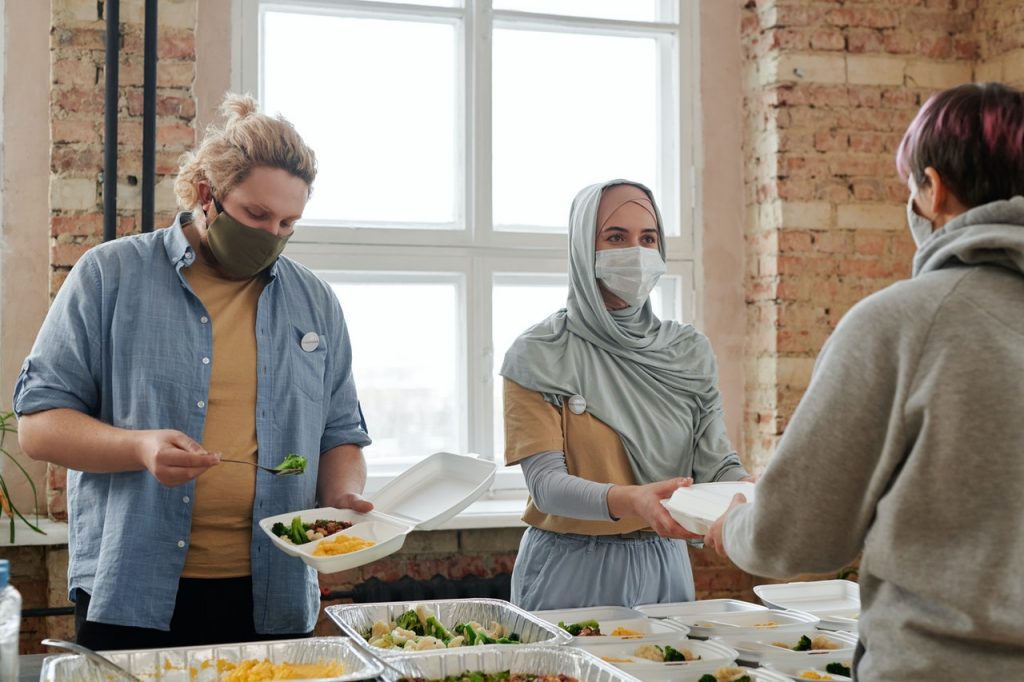Running a nonprofit or volunteer organization during a pandemic is difficult. Operations are drastically affected, and there is a need for more manpower because of the extra work that needs to be done. Unfortunately, having the virus around means that you can’t just take in anyone who wants to help out. You need to consider what is best for everyone’s safety.
If you are wondering how you can handle this challenge, check out this simple guide on how you can accept new helpers during a pandemic.
Check their skills and certifications
Studies show that the number of Americans volunteering has gone down. Some states have even experienced a decline of as much as 30 percent. This will continue to go down because of the threat and restrictions of the pandemic. That means that you have to maximize the skills of the people you have now. However, it doesn’t mean that you should neglect their credentials.
Depending on the task, you need to make sure that the person has the right training for it. For instance, things that require medical work are best done by someone with professional training on it. You can’t just have anyone give away vaccines or do check-ups.
Aside from that, getting labor work done by professionals saves you money on costs. Building new infrastructures by certified electricians and plumbers means fewer chances of faulty work. As nonprofits, you want to avoid incurring unnecessary expenses, especially during these times when money is tight. You can also get better deals with insurance if you have skilled workers doing the job. Car insurance, for example, can offer rates if your drivers got their licenses through organizations such as the American Safety Institute.
Similarly, you may find that the skills listed in their resumes might benefit you. Things like management or data entry are great for administrative work. They will be able to do the job much more efficiently, so that means that it will be faster and more accurate.

Be aware of their health condition
Although normally, a person’s medical background should not be anyone’s business. However, you should be careful during a pandemic. If you have someone that is at high risk of infection, then it is best for both of them that they volunteer another time. This most applies to activities that require physical attendance and interaction such as food drives and repackaging. They may be too vulnerable, and you might get into trouble if they ever catch the virus while volunteering.
The Centers for Disease Control and Prevention notes that those over the age of 65 are more susceptible to getting severe symptoms. Aside from that, they consider those with asthma, high blood pressure, liver disease, diabetes, and damaged lungs as high risk because they have increased chances of getting severe illnesses from the virus. Those that have a history of respiratory problems should also reconsider. Lastly, those that are immunocompromised are best to be turned away for now.
What you can do with these people, if they are so eager to assist, is to assign them with activities that they can do at home. This can mean assisting in the social media pages to gain supporters or creating graphic works for marketing. Another thing could be answering calls and filling out spreadsheets.
Have proper training and orientation
You have, no doubt, created new protocols and strategies as to how you will approach your work during a pandemic. They are likely made with safety and health involved. Part of accepting volunteers and hiring new staff is to ensure that they follow those guidelines. Having adequate training guarantees that operations will go smoothly and without a hitch.
Once you have done your onboarding, give them detailed instructions on what to do in every procedure. Whether it is an employee or a volunteer, leaving someone without properly instructing them is a recipe for disaster. If something were to happen to them while under your guide, they may take legal action because they were not properly informed of what to do.
Make sure that a handbook is always given so that they have something to refer to when things go wrong. Have someone oversee them during the first days or weeks. When they seem like they are capable of working on their own without anyone helping them, then you can comfortably leave them to do whatever it is they are assigned to do. The same goes if you ever plan on getting a graphic designer, social media manager, or video editor. They need time to familiarize themselves with the branding and tone of your organization.

